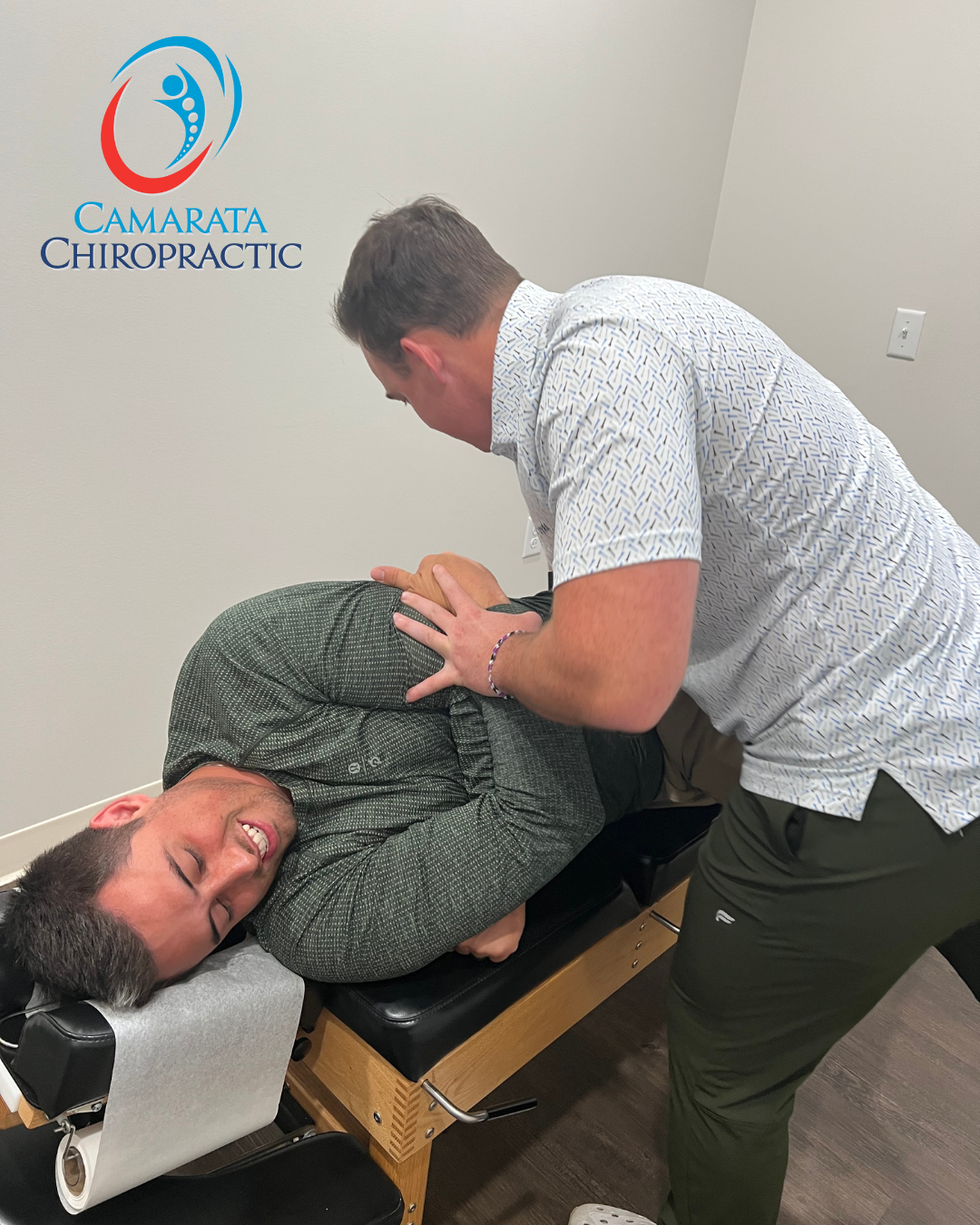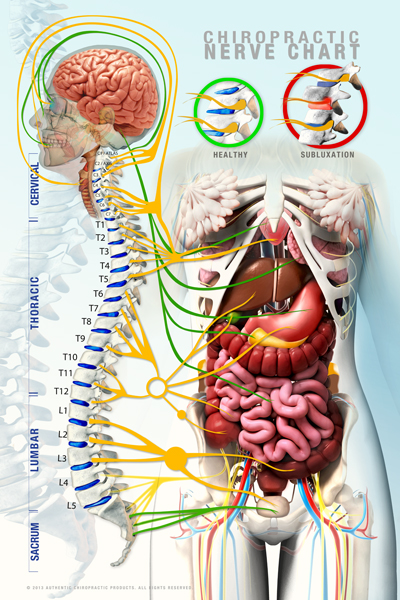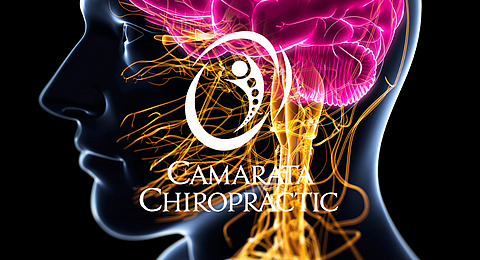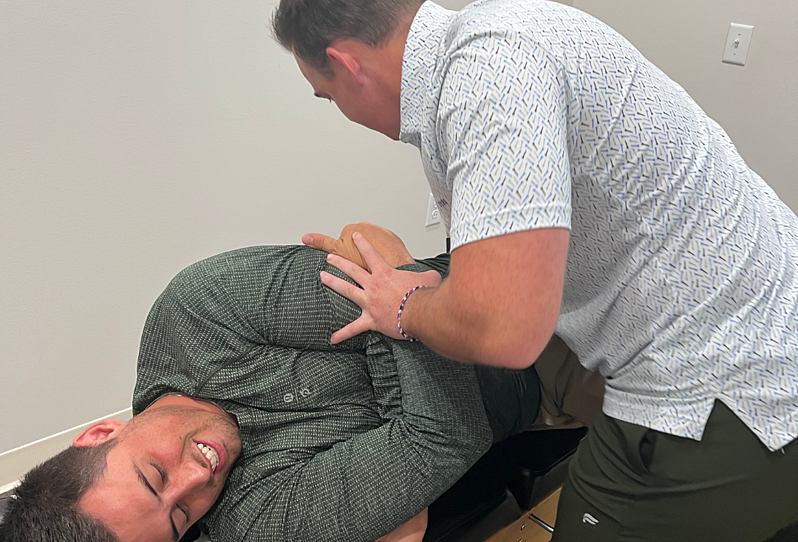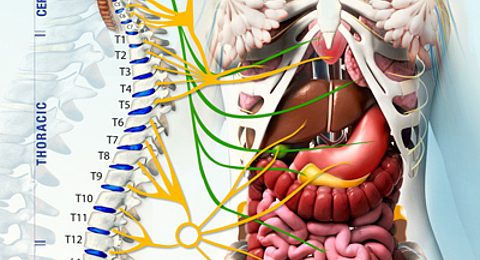Blog
Best and Worst Sleeping Positions for Neck Pain, Back Pain, Sciatica, Headaches & More by Dr Sam Camarata

Do you ever wake up with a stiff neck, aching back, or a pounding headache? If so, your sleeping position might be to blame.
The way you sleep can significantly impact your spinal alignment and, consequently, your overall health. In this blog, we'll explore the importance of sleeping positions and postures in maintaining a pain-free neck and back. Dr. Sam Camarata recommends specific sleeping positions and some handy tips to help you wake up refreshed and ready to face the day.
Why Does Sleeping Position Matter?
Before diving into the best sleeping positions, it's essential to understand why sleeping posture is so crucial. Your spine houses the central nervous system, responsible for transmitting signals between your brain and the rest of your body. When your spine is misaligned during sleep, it can lead to a range of issues, including neck pain, back pain, headaches, numbness and tingling, hip pain, shoulder pain, and more.
1. Side Sleeping: The Winner
Dr. Sam recommends side sleeping as the best position for most people.
Here's how to optimize your side sleeping experience:
Use a Body Pillow:
Placing a body pillow between your knees helps maintain alignment in the lower back, hips, and pelvis, preventing torque and discomfort.
Hug a Pillow:
Hugging a pillow in front of you keeps your arm from sliding under your neck, which can lead to neck pain and nerve compression in the shoulders.
Consider a Side Sleeping Pillow:
These specialized pillows have a shoulder cut-out, allowing your neck and shoulders to rest comfortably. This reduces the risk of neck pain, shoulder pain, and numbness and tingling.
2. Back Sleeping: A Good Alternative
Back sleeping is another excellent option. It aligns your spine, preventing unnecessary pressure on your neck and lower back.
Here's how to make it even better:
Pillow Under the Knees:
Place a pillow under your knees to maintain the natural curve of your lower back and reduce tension on the sciatic nerve.
Choose the Right Pillow:
A supportive pillow that cradles your neck's natural curve can make a world of difference. Look for one that provides adequate neck support without pushing your head too far forward.
3. Stomach Sleeping: The Worst Choice
Stomach sleeping might be comfortable for some, but it's the least favorable option for spinal health.
Here's why:
Neck Torque:
Sleeping with your head turned to the side can torque the cervical spine vertebrae and lead to neck pain, headaches, and numbness and tingling in the shoulders, arms, and hands.
Back Pain and Sciatica:
The position can also cause compression in the spine, resulting in back pain and potentially worsening sciatica.
4. The "In-Betweener": A Compromise
If you find yourself switching between sleeping positions throughout the night, you're not alone. Many people shift between side and stomach sleeping, unknowingly compromising their spinal alignment.
To minimize the negative effects of this habit:
Use a Knee Pillow:
Place a small pillow under your knees when transitioning from side to stomach. This helps reduce tension in the lower back and sciatic nerve.
Your sleeping position plays a pivotal role in maintaining a pain-free neck and back. While side and back sleeping are generally recommended, stomach sleeping should be avoided whenever possible. To enhance your sleeping experience, consider investing in pillows designed for your chosen position, such as a body pillow, a side sleeping shoulder cut-out pillow, or a supportive back sleeping pillow. Remember that everyone is unique, so finding the ideal sleeping position may require some experimentation.
By prioritizing proper sleeping posture and spinal alignment, you can wake up feeling refreshed, energized, and ready to take on the day. Sweet dreams!
Ask us more questions about sleeping positions and postures, mattresses and pillows at your next Chiropractic visit!
Give us a call! 585-617-4145

‹ Back





